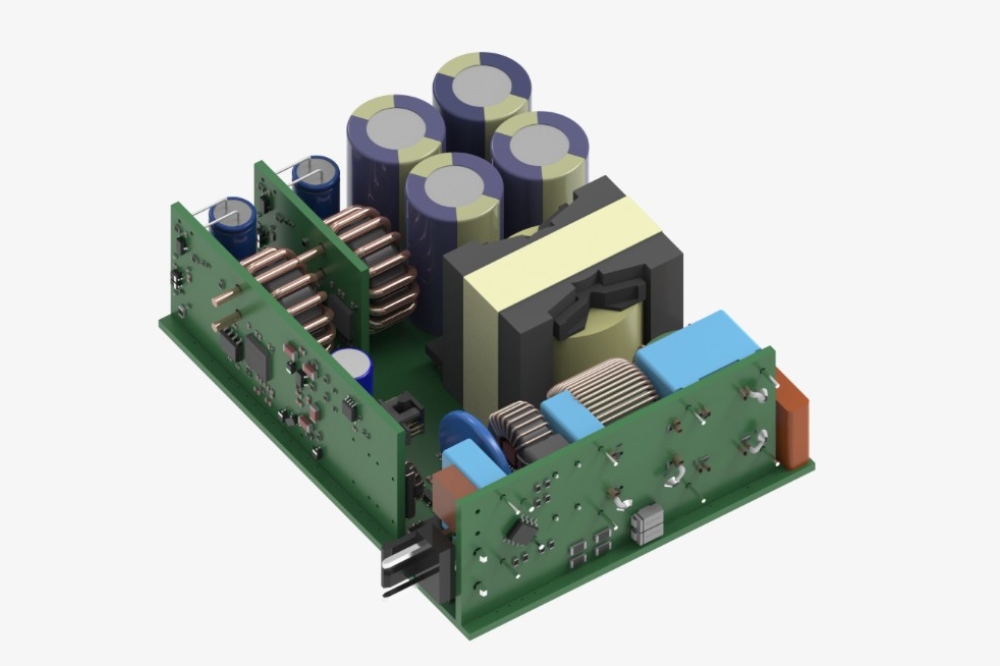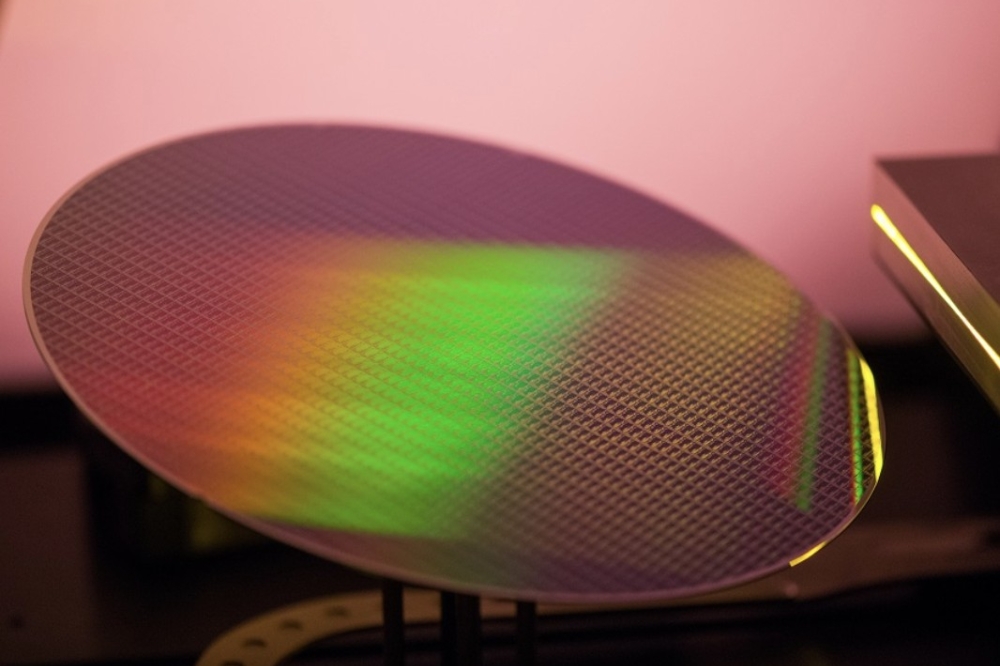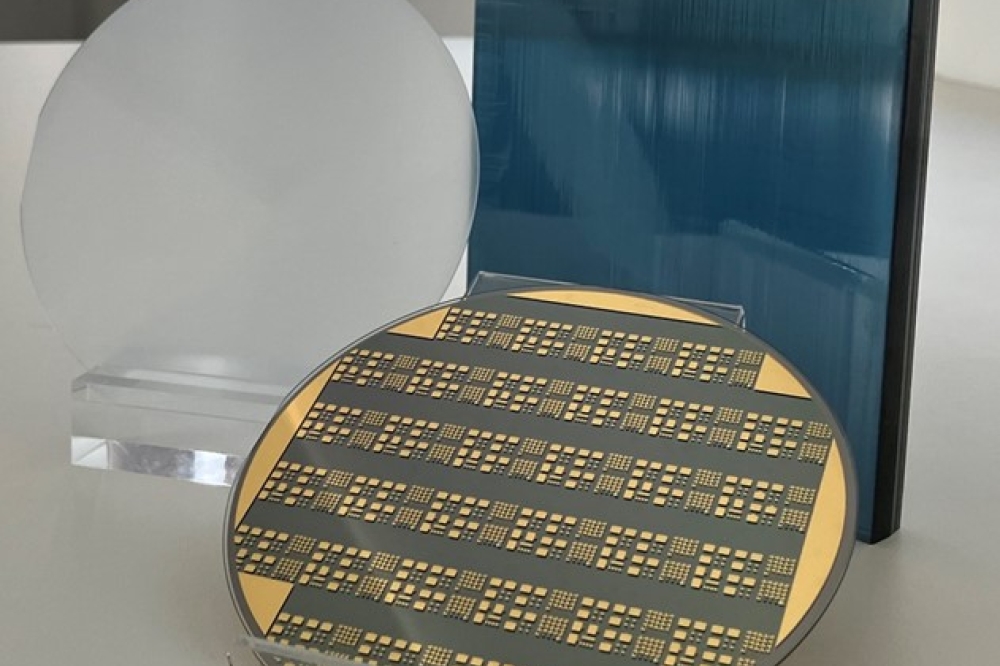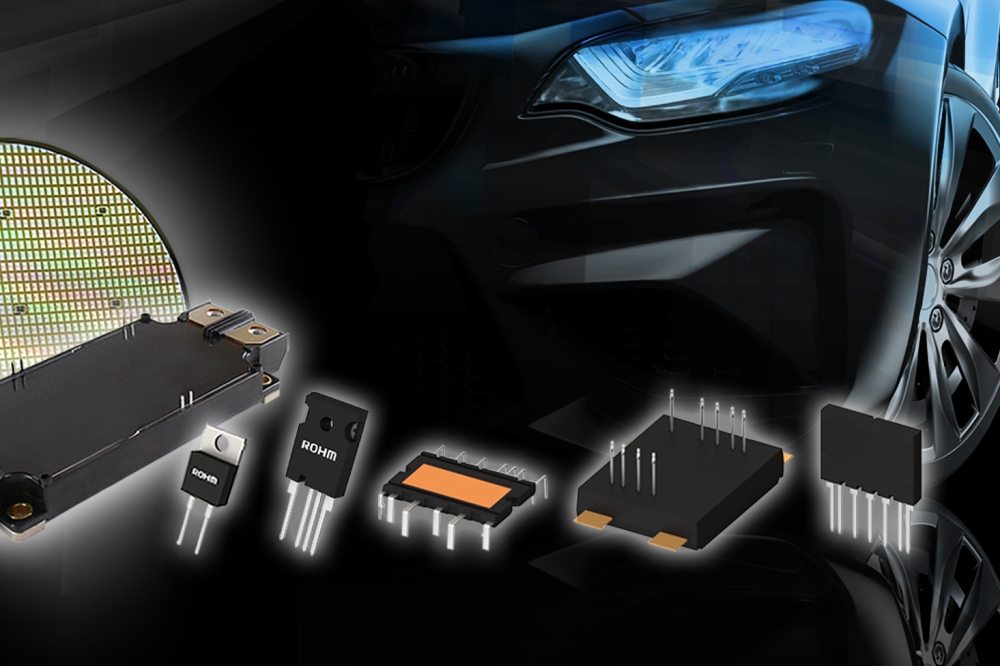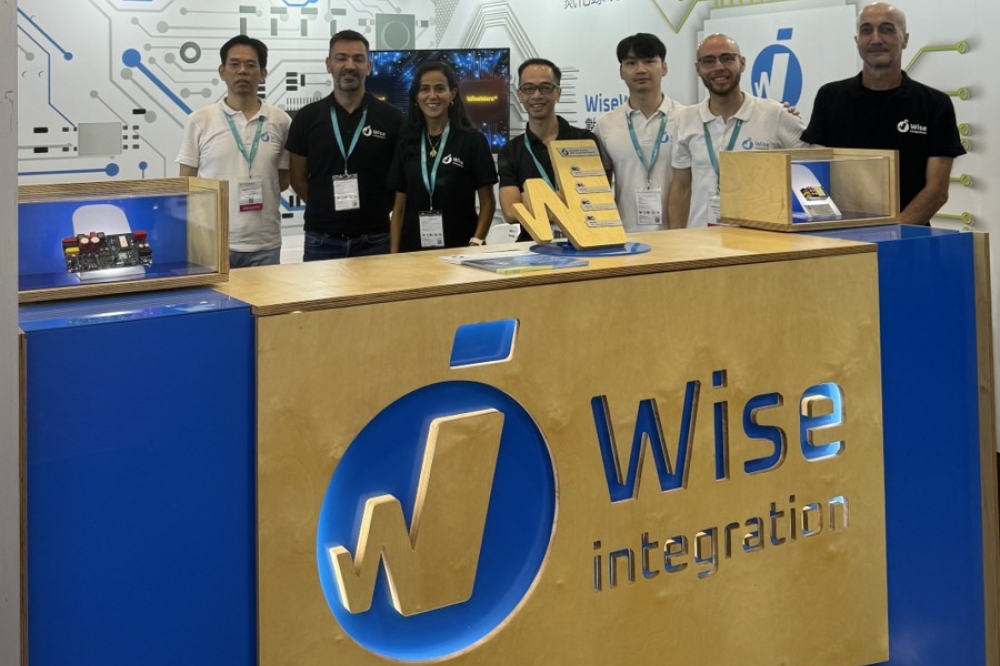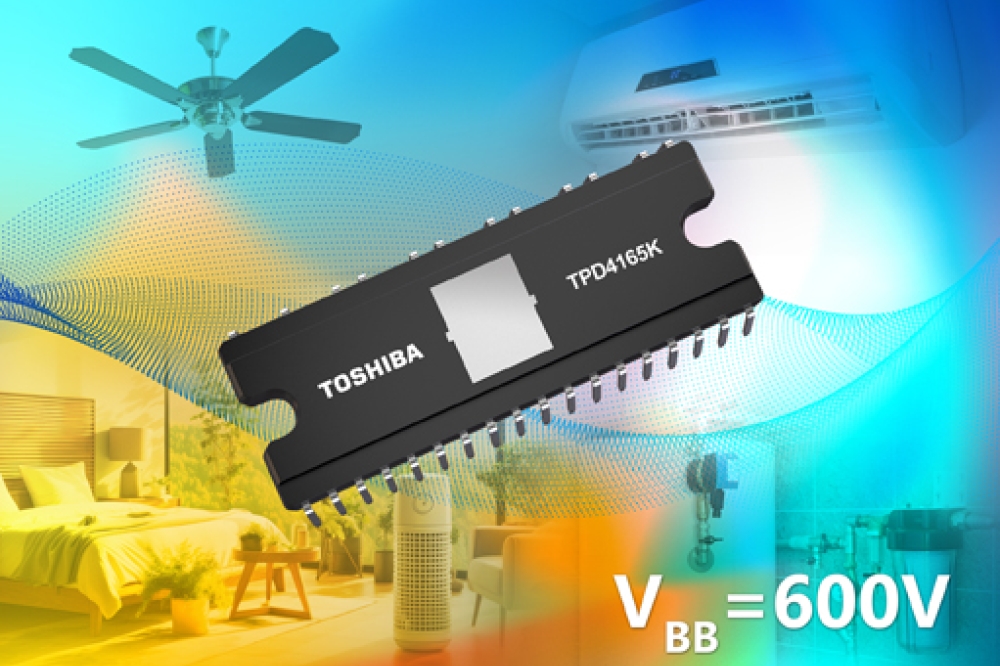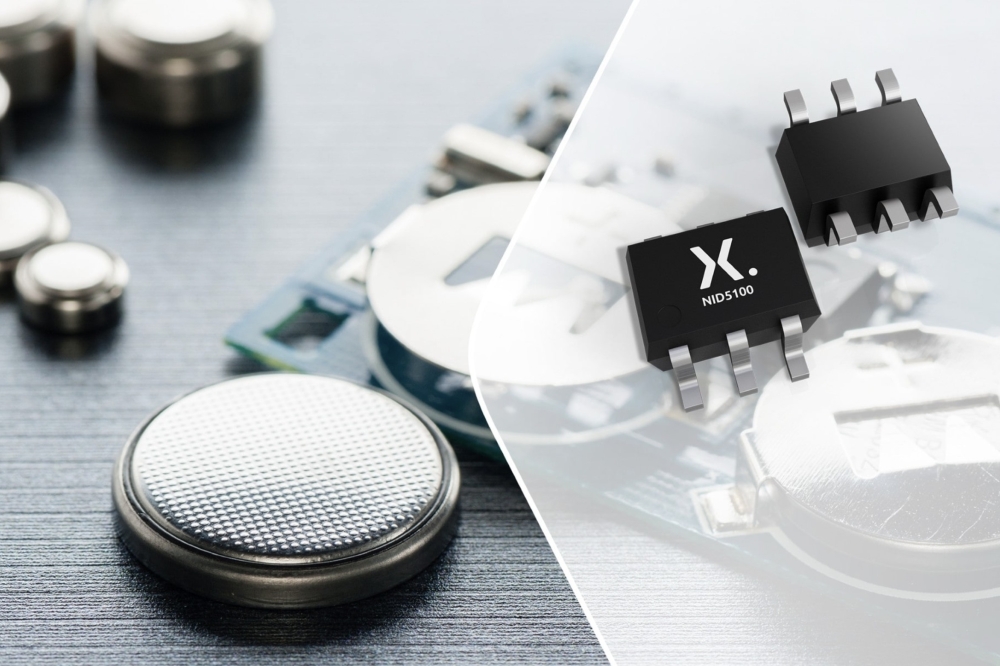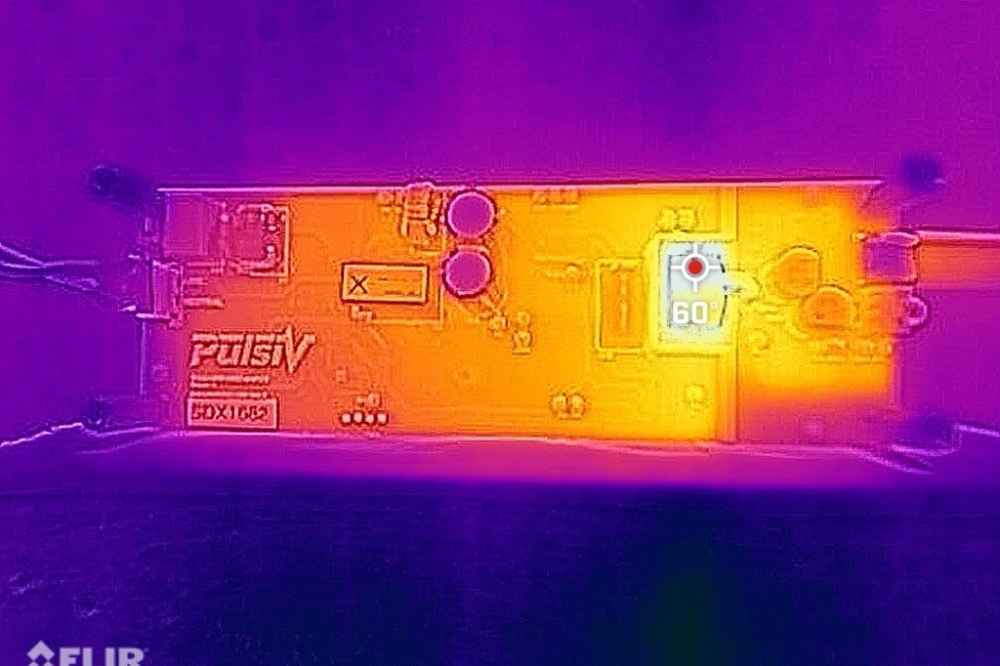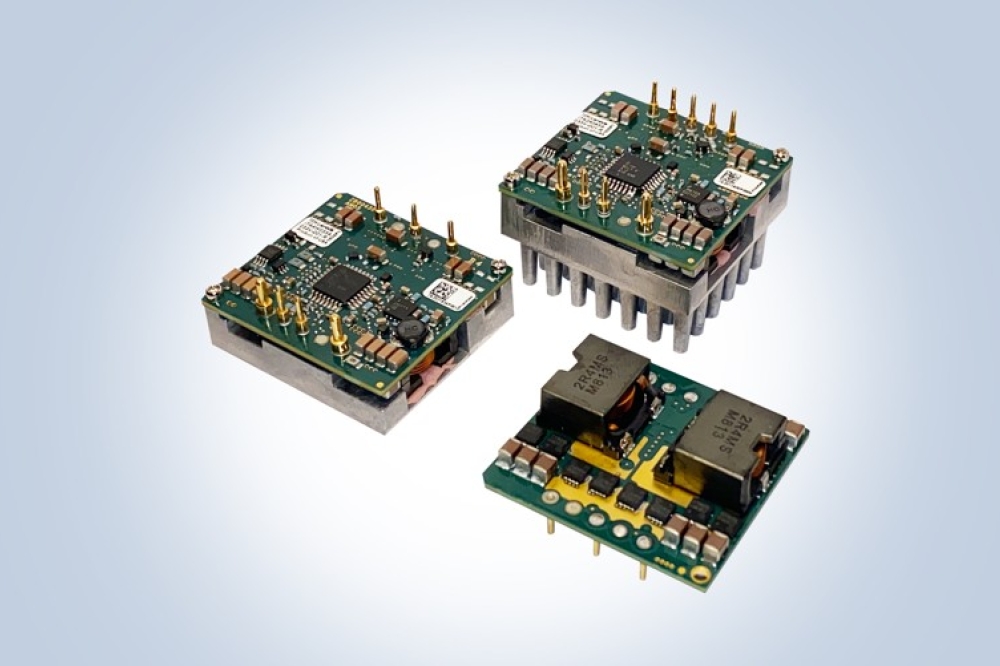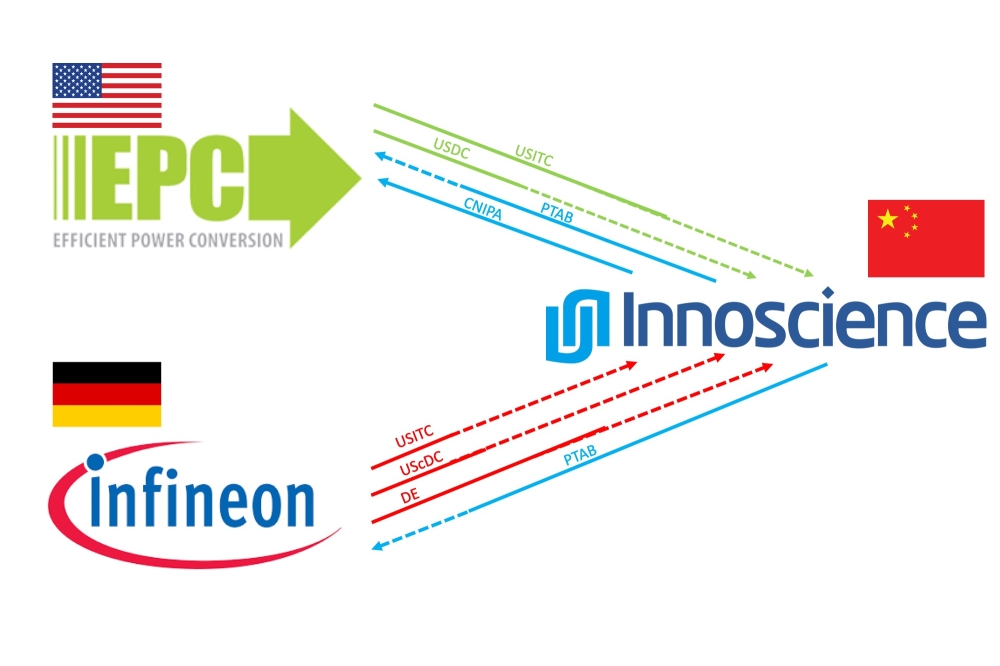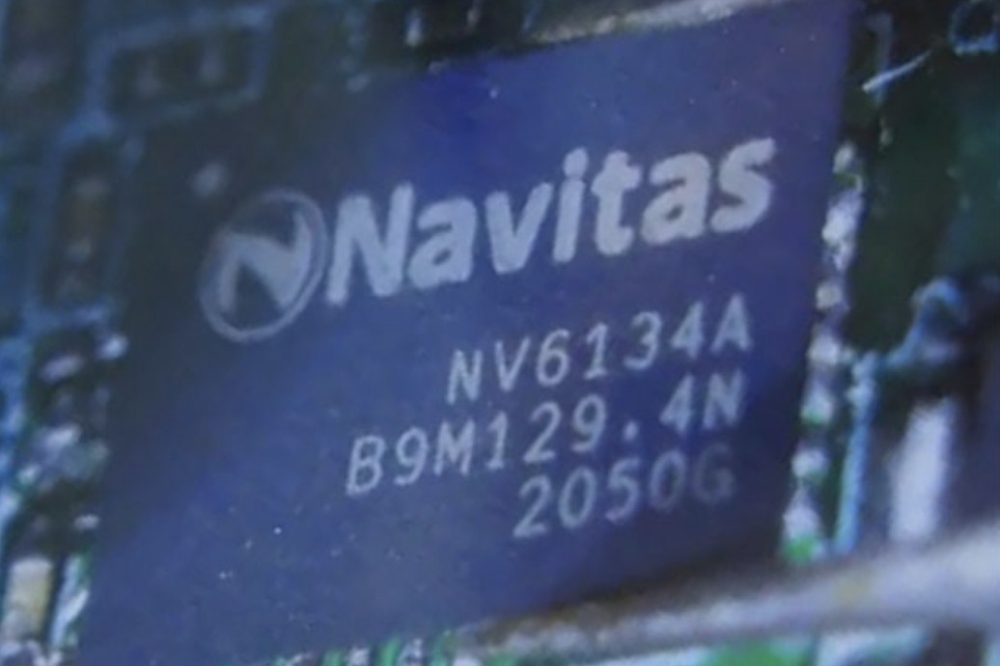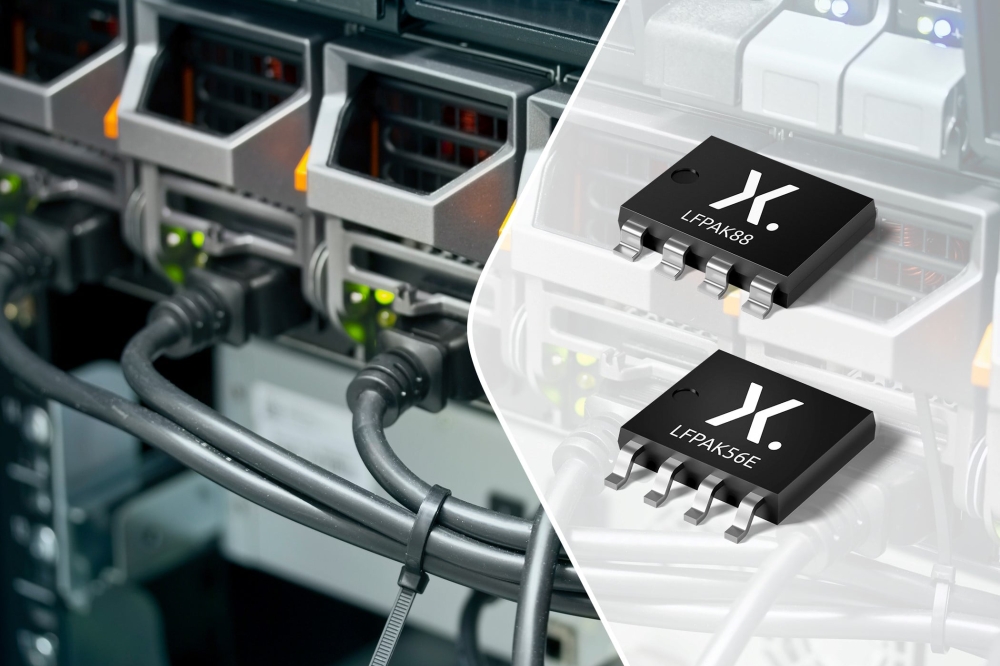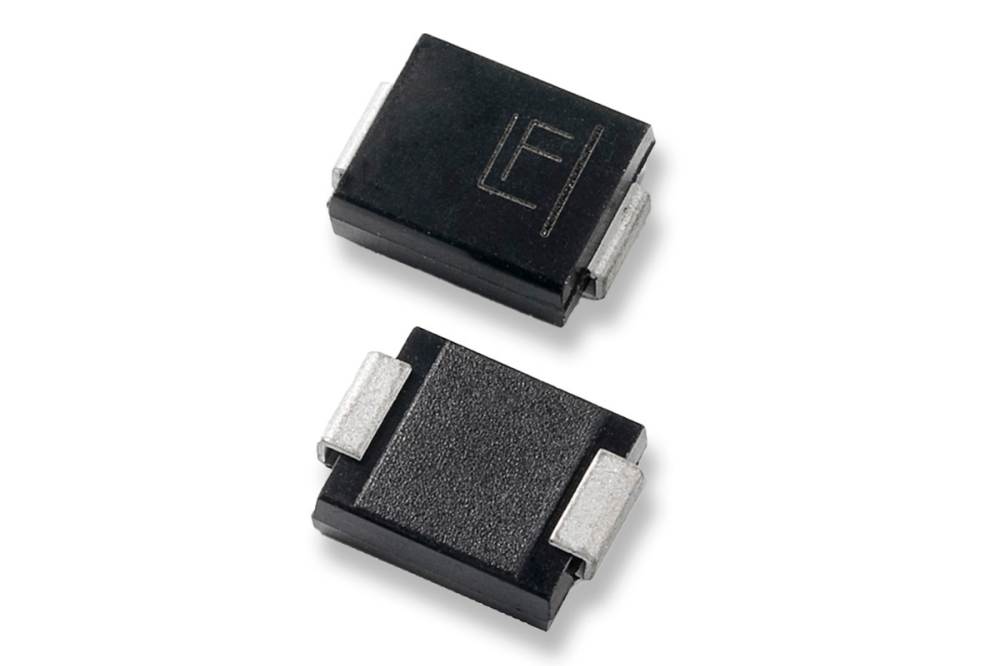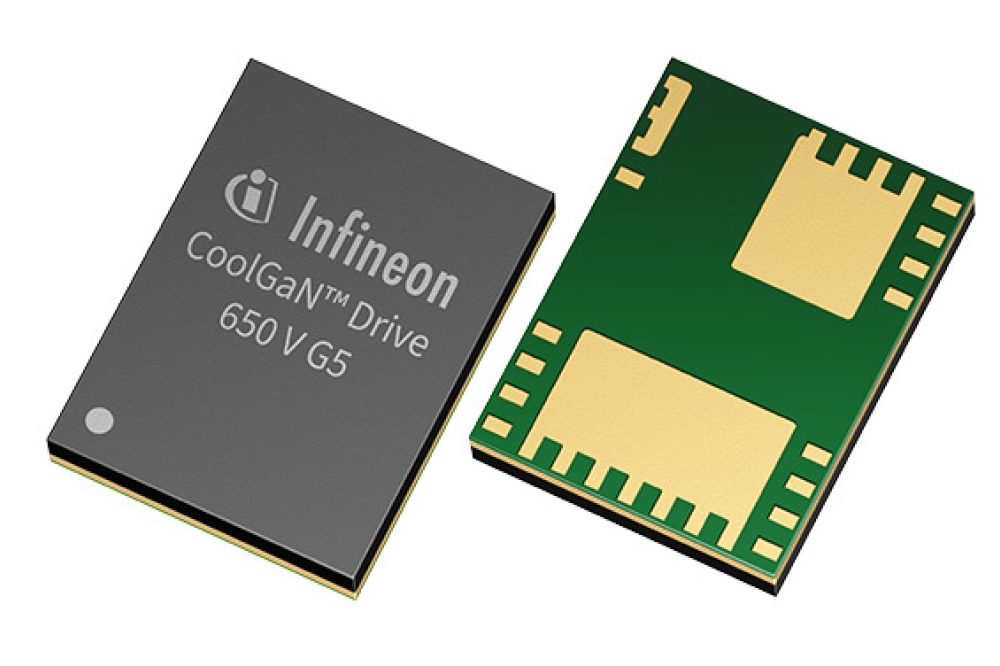Scientists use waste RF to power electronics

Ubiquitous wireless technologies like Wi-Fi, Bluetooth, and 5G rely on RF signals to send and receive data. Now a team led by scientists from the National University of Singapore (NUS) has developed a prototype energy harvesting module that can convert these ambient RF signals into DC voltage to power small electronic devices.
RF energy harvesting technologies face challenges due to low ambient RF signal power (typically less than -20 dBm), where current rectifier technology either fails to operate or exhibits a low RF-to-DC conversion efficiency. While improving antenna efficiency and impedance matching can enhance performance, this also increases on-chip size, presenting obstacles to integration and miniaturisation.
To address these challenges, a team of NUS researchers, working in collaboration with scientists from Tohoku University (TU) in Japan and University of Messina (UNIME) in Italy, has developed a compact and sensitive rectifier technology that uses nanoscale spin-rectifier (SR) to convert ambient wireless radio frequency signals at power less than -20 dBm to a DC voltage.
The team optimised SR devices and designed two configurations: 1) a single SR-based rectenna operational between -62 dBm and -20 dBm, and 2) an array of 10 SRs in series achieving 7.8 percent efficiency and zero-bias sensitivity of approximately 34,500 mV/mW. Integrating the SR-array into an energy harvesting module, they successfully powered a commercial temperature sensor at -27 dBm.
“Harvesting ambient RF electromagnetic signals is crucial for advancing energy-efficient electronic devices and sensors. However, existing energy harvesting modules face challenges operating at low ambient power due to limitations in existing rectifier technology,” explained Yang Hyunsoo from the Department of Electrical and Computer Engineering at the NUS College of Design and Engineering, who spearheaded the project.
Yang added, “For example, gigahertz Schottky diode technology has remained saturated for decades due to thermodynamic restrictions at low power, with recent efforts focused only on improving antenna efficiency and impedance-matching networks, at the expense of bigger on-chip footprints. Nanoscale spin-rectifiers, on the other hand, offer a compact technology for sensitive and efficient RF-to-DC conversion.”
Elaborating on the team’s breakthrough technology, Yang said, “We optimised the spin-rectifiers to operate at low RF power levels available in the ambient, and integrated an array of such spin-rectifiers to an energy harvesting module for powering the LED and commercial sensor at RF power less than -20 dBm. Our results demonstrate that SR-technology is easy to integrate and scalable, facilitating the development of large-scale SR-arrays for various low-powered RF and communication applications.”
The experimental research was carried out in collaboration with Shunsuke Fukami and his team from TU, while the simulation was carried out by Giovanni Finocchio from UNIME. The results were published in Nature Electronics, on 24 July 2024.


